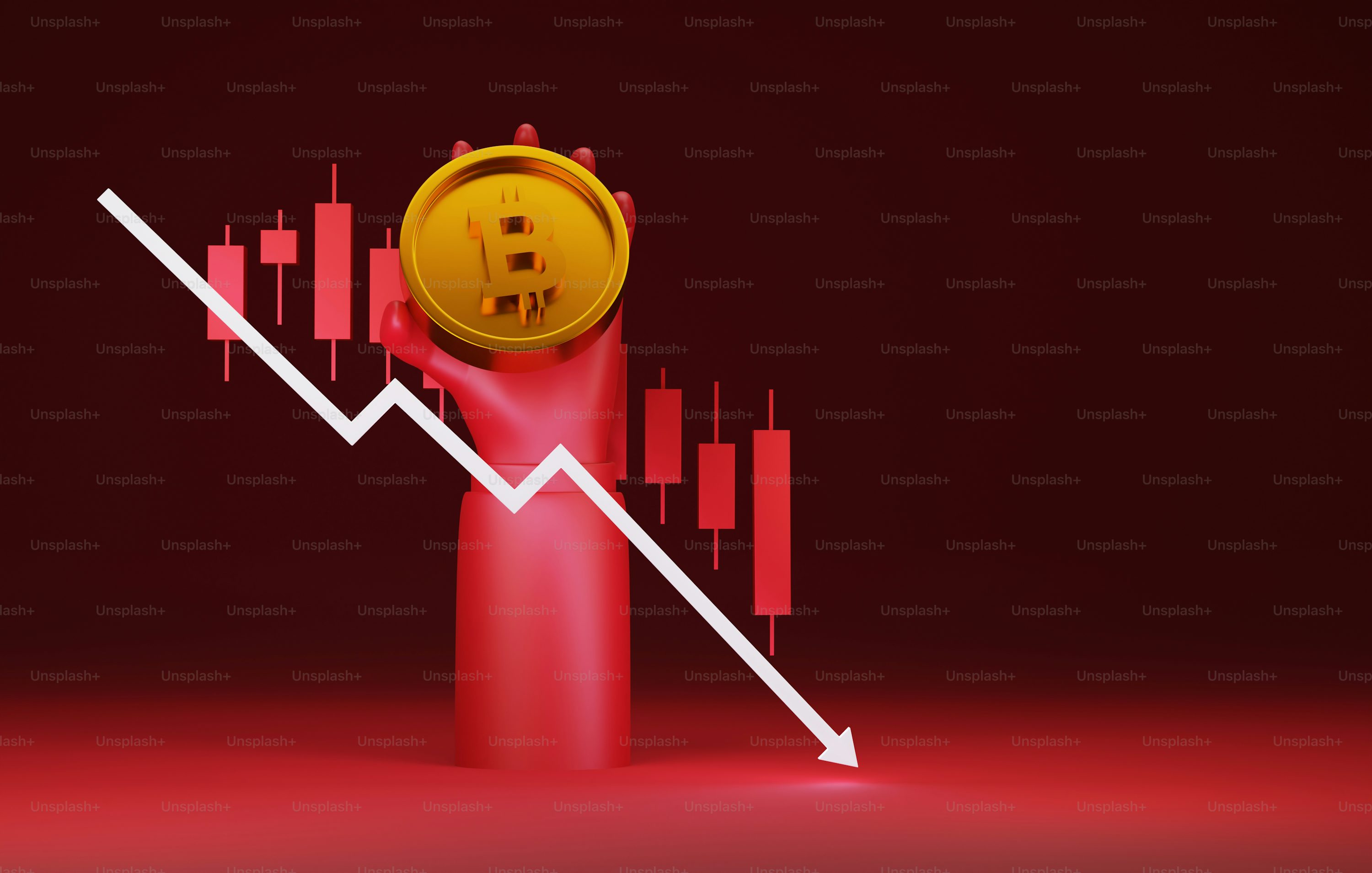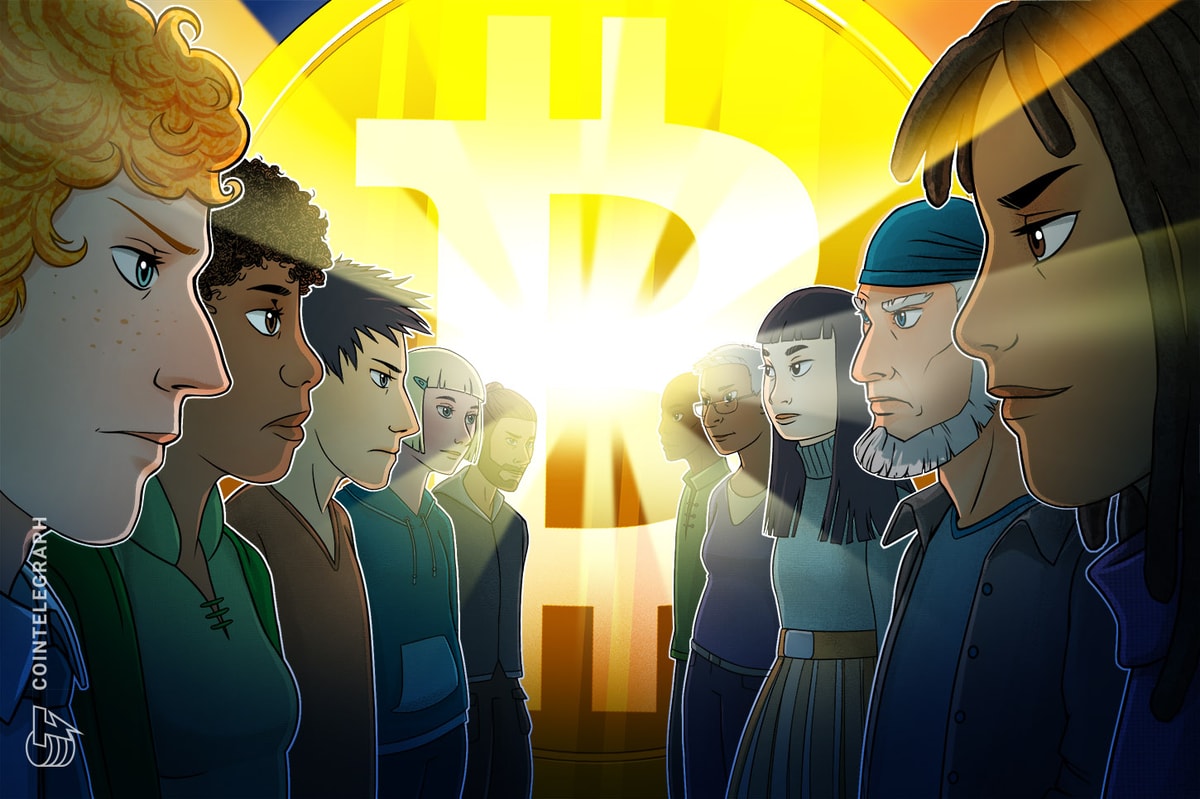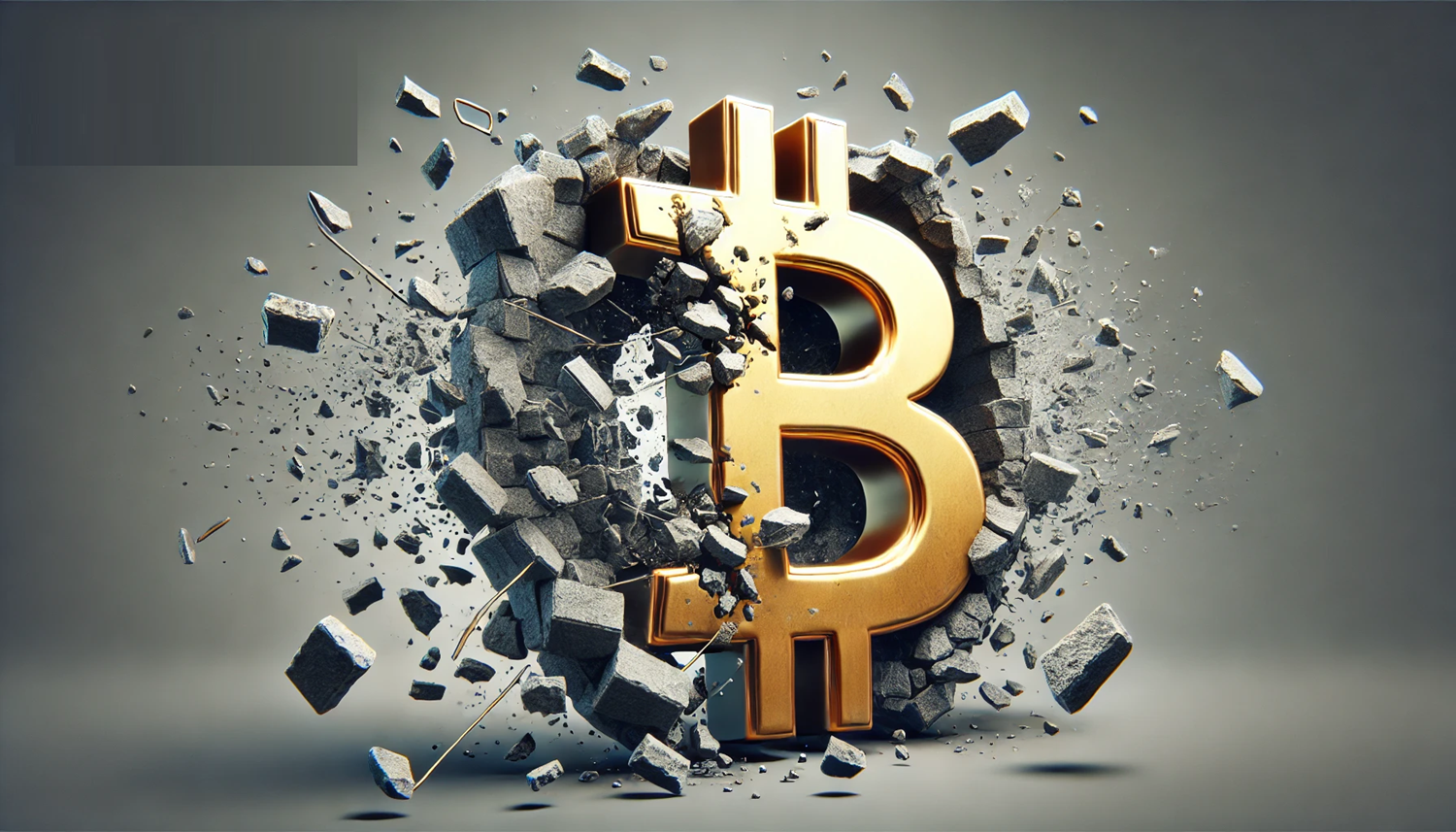Blockchain and cryptocurrency have changed the way people invest in both digital and physical items. High-value assets like real estate, rare collectibles, or even expensive cryptocurrencies are often out of reach for smaller investors. Fractional ownership offers a solution by splitting these costly assets into smaller, more affordable pieces. Using blockchain technology, the process – fractionalization – is becoming simpler and more democratized for investors worldwide.
What Is Fractionalized Crypto Ownership?
Fractional ownership means multiple people can own a small part of an expensive asset. Instead of buying the whole thing, investors purchase digital tokens that represent a share of it. These assets can include things like property, artwork, luxury items, or even cryptocurrencies like Bitcoin.
Here’s how it works: an asset is turned into digital tokens on a blockchain. These tokens are then divided up and sold to different investors. Smart contracts – automatic agreements on the blockchain – handle the ownership details and any profits, cutting out the need for middlemen.
How Does It Work?
The process has a few straightforward steps:
- Choosing an Asset: Something valuable, like a house or a rare digital collectible, is picked.
- Tokenization: The asset is turned into digital tokens on a blockchain.
- Splitting It Up: Those tokens are divided into smaller shares for investors to buy.
- Smart Contracts: These manage who owns what and how profits are shared.
- Trading: Investors can buy or sell their shares on various platforms, making it easier to cash out.
This setup keeps things secure, transparent, and simple, opening up investment options to more people.
Why It Matters
Traditional investing often benefits big players with lots of money. Fractional ownership flips that by offering advantages like:
- Easier Access: People don’t need huge amounts of cash to invest in valuable markets.
- Better Liquidity: Hard-to-sell assets, like art or property, can now be traded more easily.
- More Options: Investors can spread their money across different types of assets, lowering risk.
- Lower Barriers: Even those with less to spend can get into high-quality investments.
- Global Reach: Anyone online can join in, no matter where they live.
Examples of Tokenized Assets
Lots of things are being split up this way. Here are some common ones:
- Real Estate: Houses or buildings sold as fractional shares (e.g., RealT, Lofty AI).
- Art & Collectibles: Paintings or rare items made investable (e.g., Masterworks, Fractional.art).
- Luxury Goods: Fancy watches or cars turned into shares (e.g., Rally, Courtyard).
- Stocks & ETFs: Company shares or funds split into smaller pieces (e.g., FTX, Public).
- Cryptocurrencies: Big coins like Bitcoin divided up (e.g., Synthetix, Balancer).
Challenges to Watch Out For
Fractional ownership isn’t perfect and comes with some risks:
- Unclear Rules: Laws around tokenized assets are still being figured out, which could cause problems.
- Tech Risks: Mistakes in smart contracts might lead to losses.
- Price Swings: These assets can go up and down in value quickly.
- Selling Issues: Some shares might still be hard to sell if demand is low.
- Complexity: Managing tiny shares, especially of physical things, can get tricky.
Investors should do their homework and pick trustworthy platforms before jumping in.
What’s Next for Fractional Ownership?
Fractional ownership is breaking down walls in investing, letting more people take part. As blockchain gets better, more types of assets will likely be tokenized, helping even more people get involved financially. Big companies like BlackRock and JPMorgan are already testing this out, which suggests it’s here to stay. If laws catch up, this could become a normal way to invest everywhere.
By turning high-value assets into smaller shares, blockchain fractionalization is changing the game. It lets everyday people enter markets once reserved for the rich. Though there are risks, the perks—like easier trading, variety, and global access—make it a big step forward. As tech and rules improve, fractional ownership could make investing more open and exciting for everyone.
Remember, investing in cryptocurrencies involves risks, and it’s important to conduct thorough research and seek professional advice before making any financial decisions. (Please keep in mind that this post is solely for informative purposes and should not be construed as financial or investment advice.)

















 English (US) ·
English (US) ·